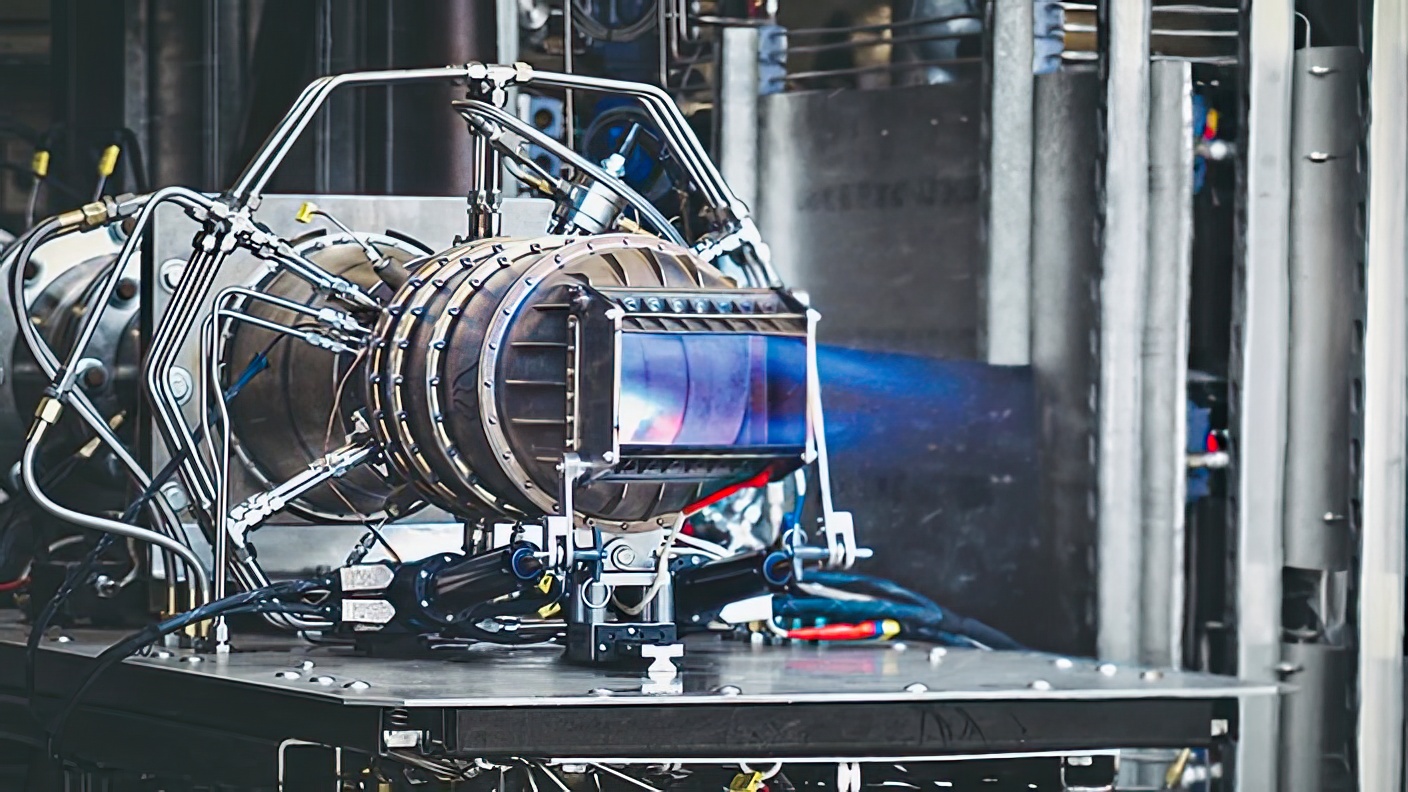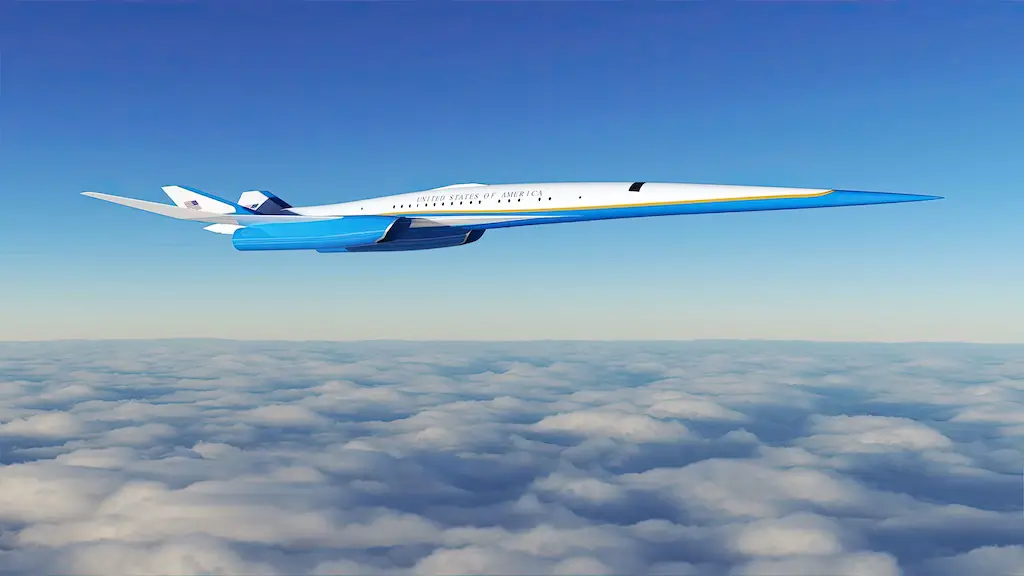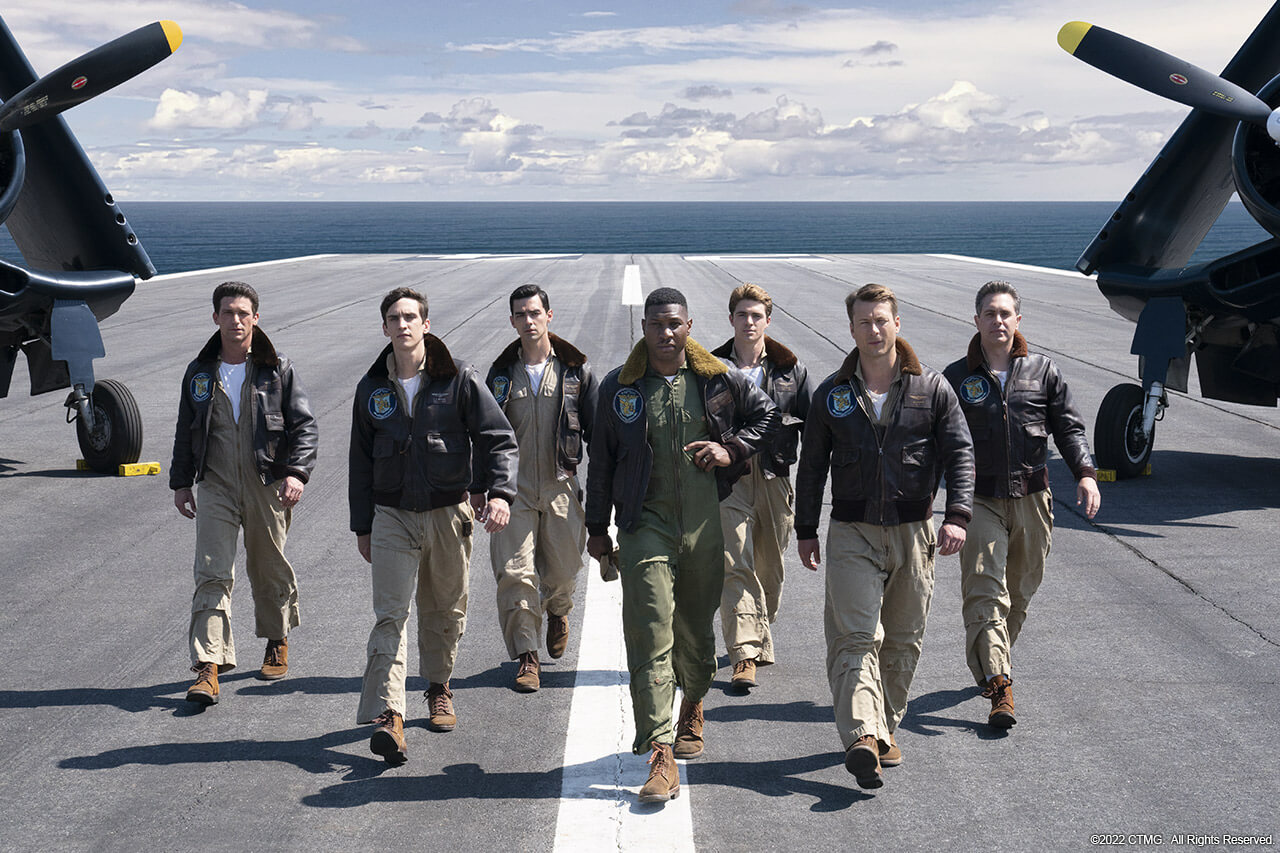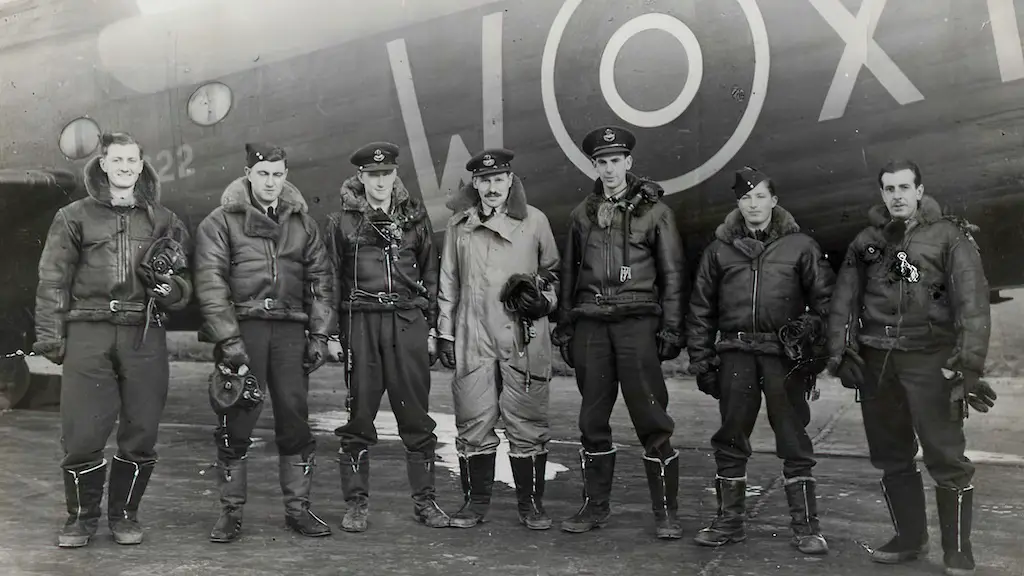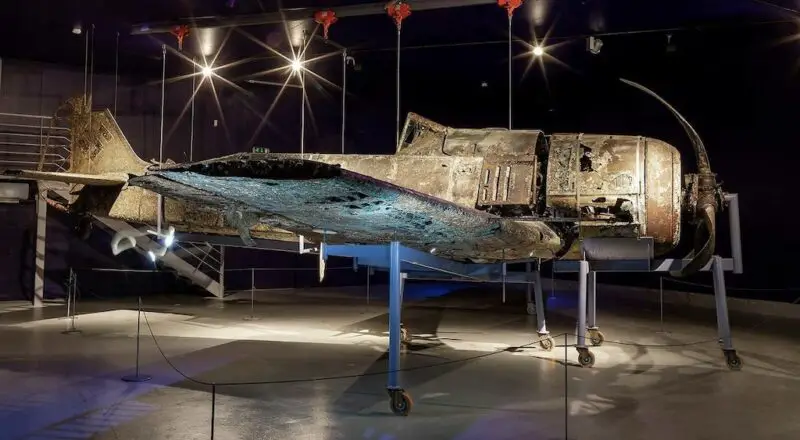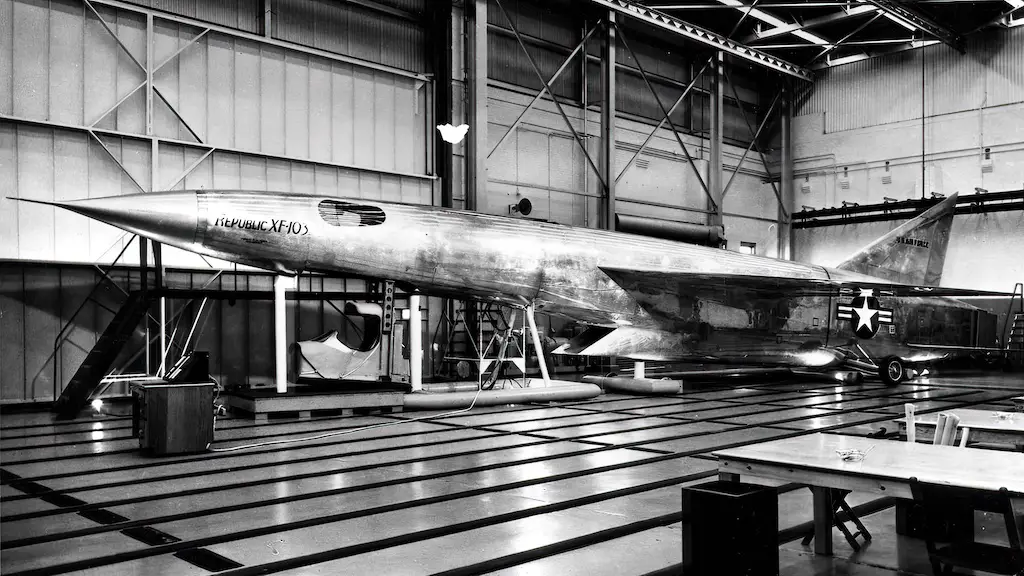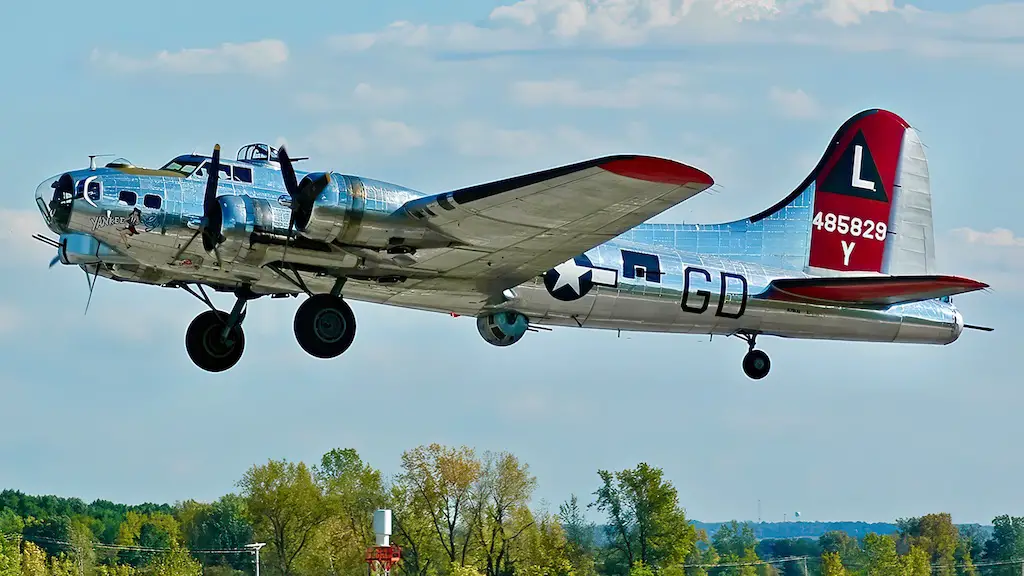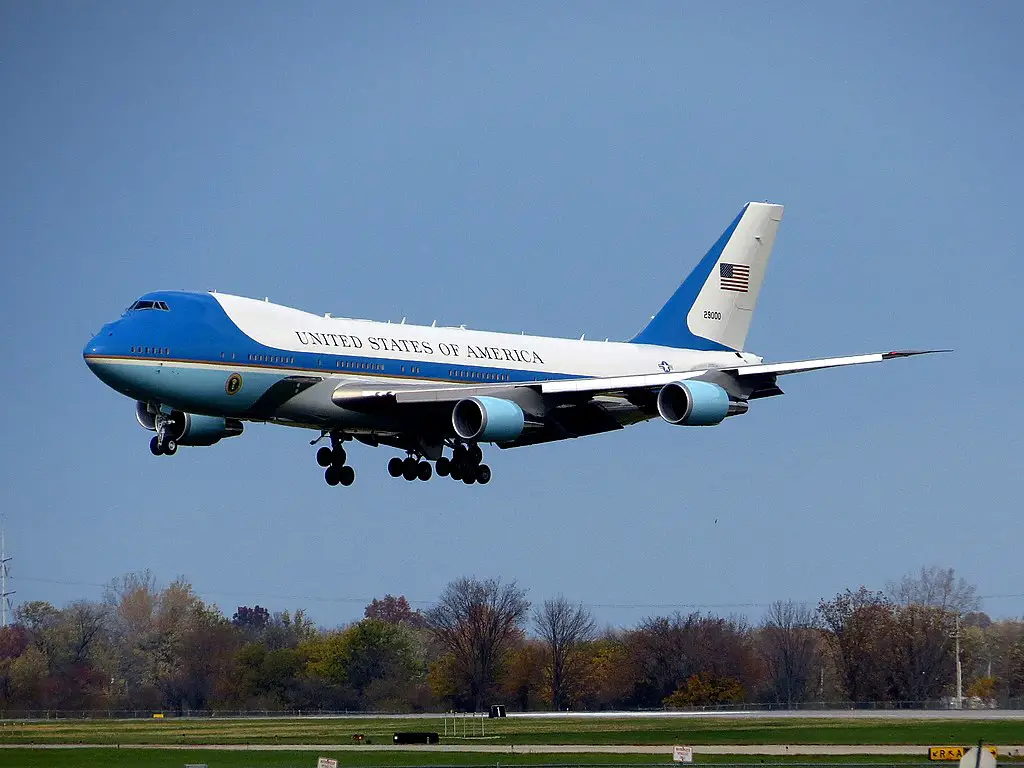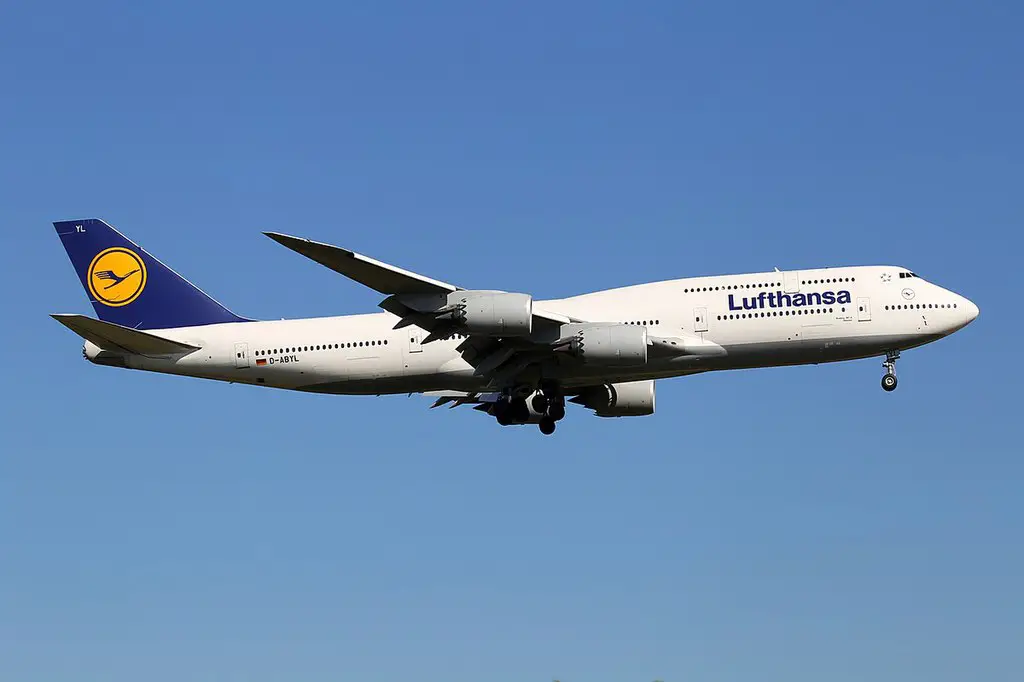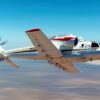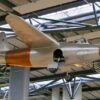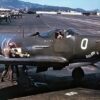The United States is working on the latest design of the Air Force One aircraft in the hopes of upgrading it to a whole new level. Technically speaking, “Air Force One” is used to designate any Air Force aircraft carrying the President of the United States (POTUS), but it has become common practice to use the term to refer to specific planes the U.S. Commander-in-Chief and the President use to travel with.
Recent criticism of the older Boeing
President Joseph Biden rebuked the Air Force One design laid out by his predecessor, President Donald Trump. Trump’s design was mostly restricted to the exterior, modelling it after his private plane. It featured a colour scheme of red, dark blue, and white. However, the dark blue colour presented a problem that highlighted a flaw of the Boeing 747-8: overheating.
The dark blue paint would contribute to the overheating of the plane necessitating alterations to the plane’s structure that would eventually lead to more costs and delays that could simply be avoided, to begin with.
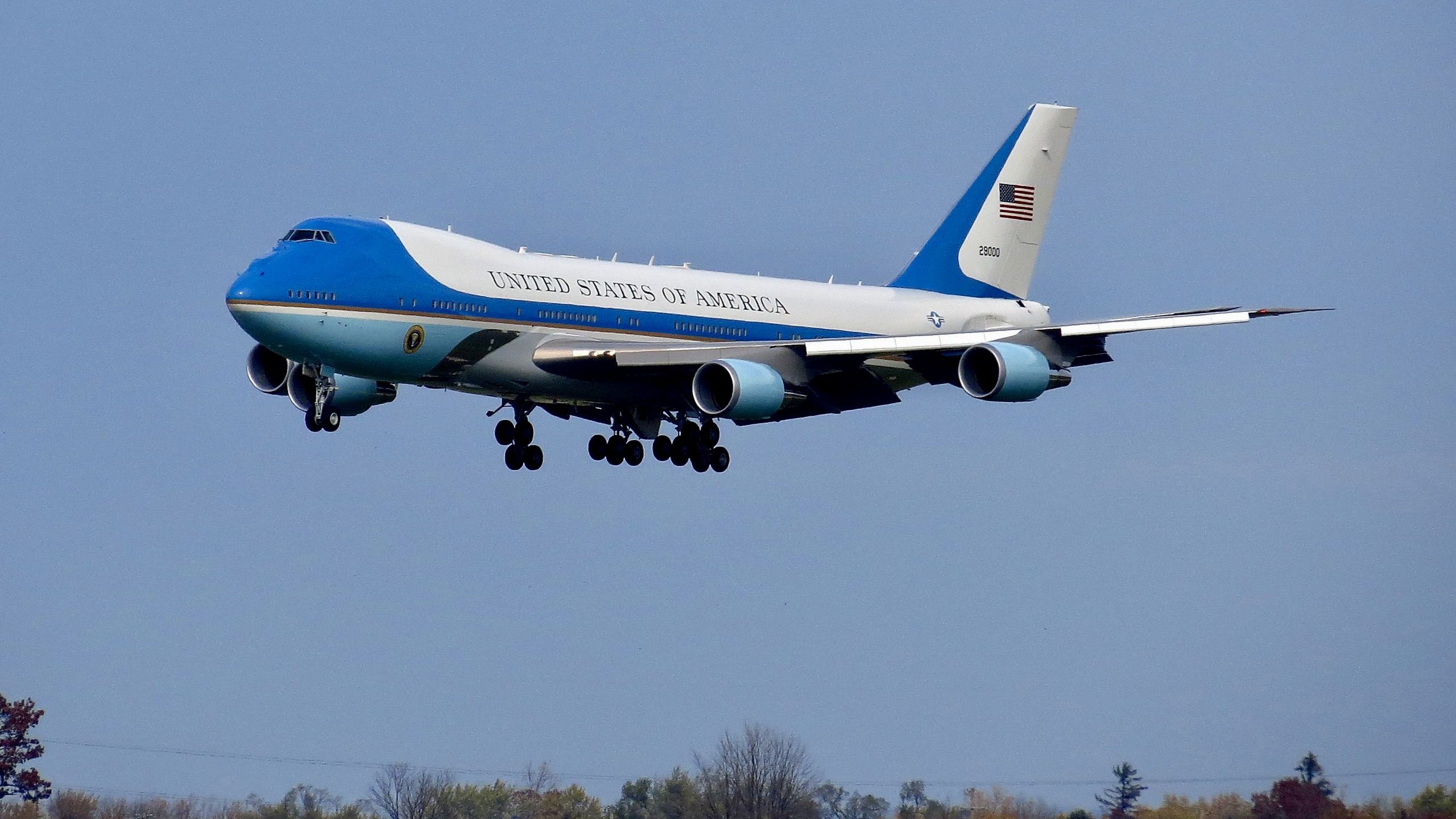
New design specifications
Exosonic, a low-boom supersonic aircraft manufacturer, has partnered with the U.S. Air Force’s Presidential and Executive Airlift Directorate (PE) to develop the supersonic executive transport. It is an early-stage company developing a Mach 1.8, 5000 nmi range, 70 passenger supersonic airliner to fly overland with a muted boom.
The plane is set to reach Mach 1.8 which is almost double the speed of sound. Exosonic contributes its expertise in designing supersonic planes that do not create the supersonic booms typically associated with faster-than-sound flight. The company is also searching for environmentally healthy means to accomplish and sustain its model.
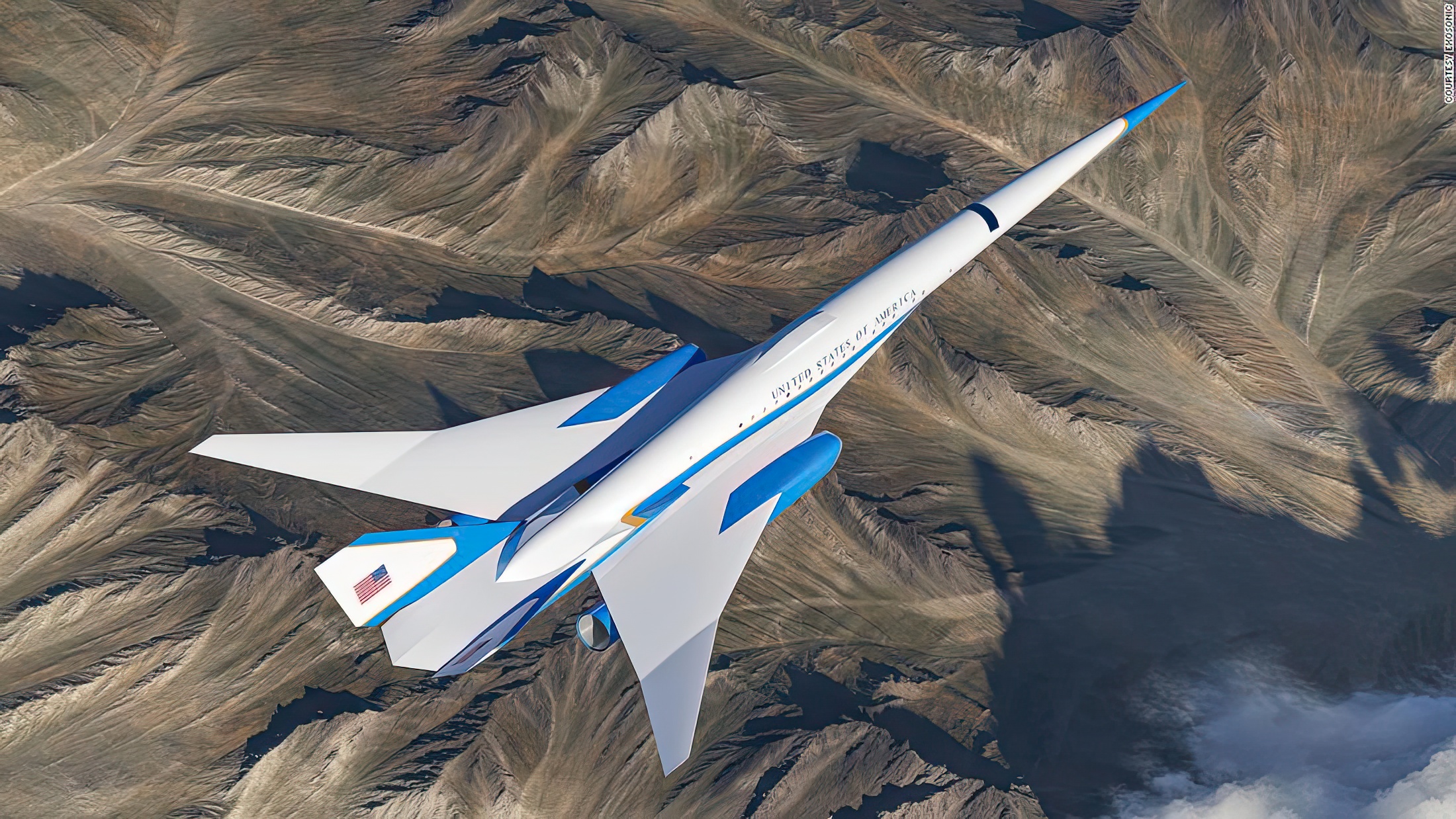
Sonic booms flying overland are an extreme nuisance and could potentially be dangerous. For example, the U.S. Air Force received $22,000 in damage claims in 2012 after a Thunderbird caused a sonic boom over Tucson, Arizona. Most of the damage was shattered glass, and that is a dangerous precedent.
The Exosonic design reportedly can travel up to 1,380 miles per hour without disturbing anyone below and more importantly not cause any collateral damage.
The CEO of Exonsonic, Norris Tie, said that the company envisions low-boom supersonic flight to be the next inflexion point in commercial aviation and that it wishes to be the pioneer in that breakthrough. In addition to hyperspeed and quietness, the new Air Force One concept boasts a 5,000-mile range that can, along with the speed, significantly cut flight times short.
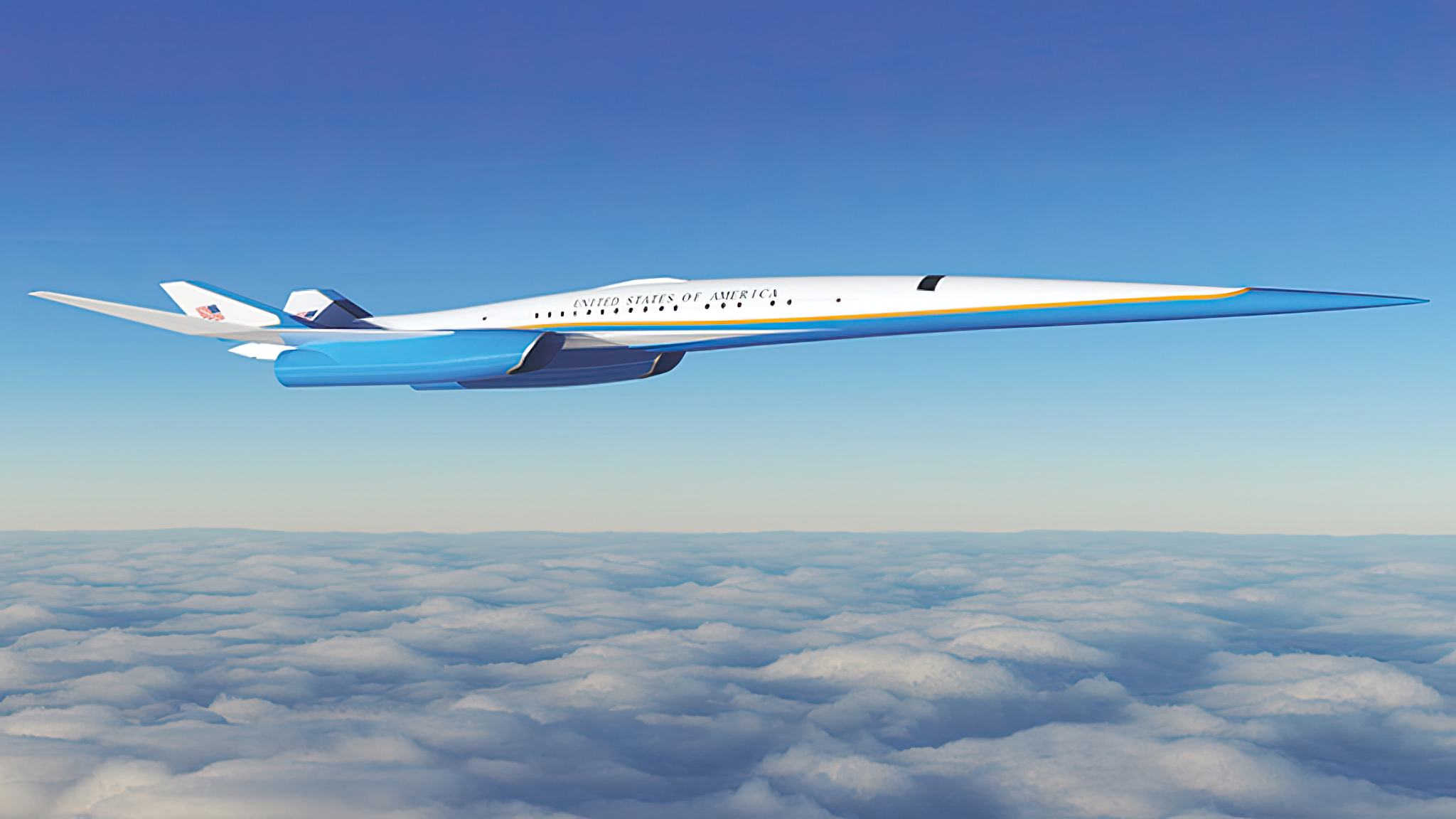
Interior design
Stephanie Chahan, the principal aircraft interior designer for the project, said that the cabin was inspired by the peregrine falcon both for the extreme speeds it can reach and for its distinctive look.
The plane has two private suites and the main cabin. One of the suites is a three-passenger meeting room which has secure video conferencing equipment for meetings or for holding virtual press conferences. The television screen rolls up into a cabinet when not being used which makes room ready for food or presentation equipment.
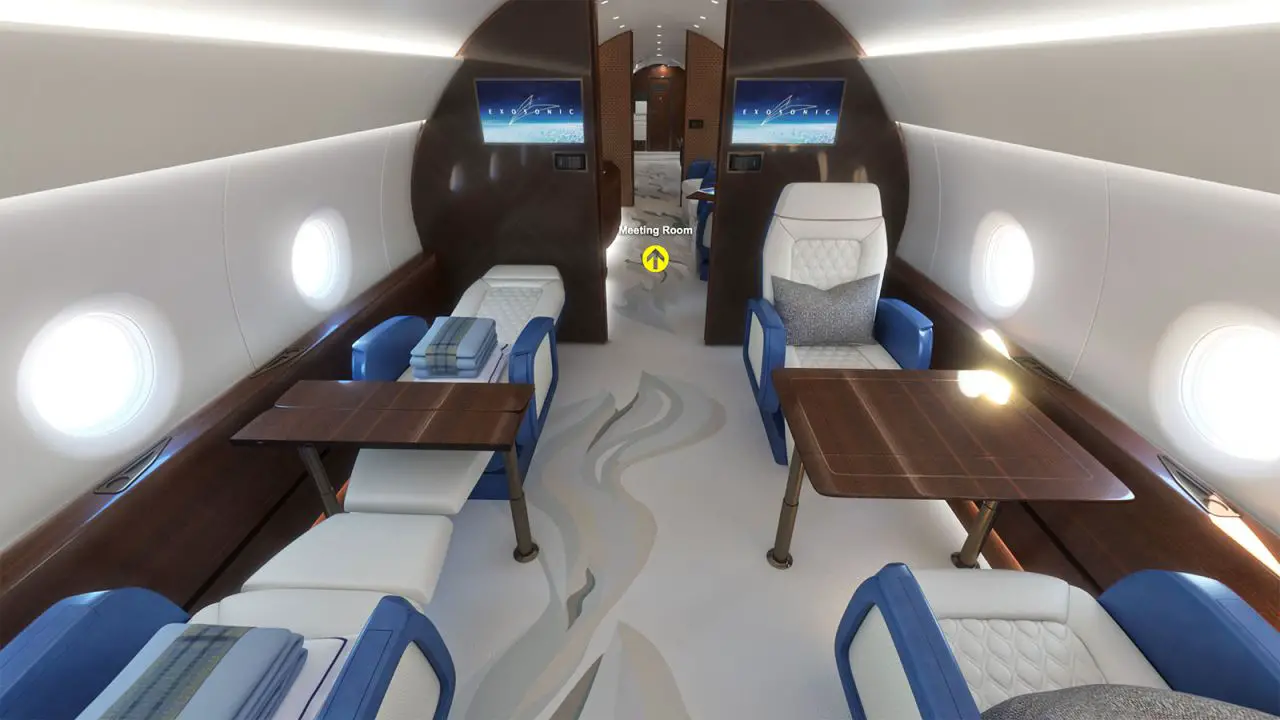
The second suite will be able to hold eight passengers. It has lie-flat seats and adjustable tables. It is designed for staffers to work together or get their rest. The main cabin features 20 business class seats. There are two galleys, two lavatories, and stowage space for passenger belongings. Chahan further added that the concept design includes technologies that either do not yet exist or are not yet available in commercial or business aeroplanes.
The US Air Force awarded Exosonic a $1 million 24-month small business innovation research (SBIR) phase II contract to design prototypes for the new Air Force One.
Competition
In addition to investing in Exosonic, the U.S. Air Force also invested in Hermeus Corporation. Hermeus is another startup engaging in supersonic aircraft. A contract was awarded to them in August 2021. Hermeus is working with the Presidential and Executive Airlift Directorate to develop a supersonic Air Force One. This company’s aircraft however are capable of travelling at Mach 5 (about 3,836 miles per hour). To put it into perspective, a flight from London to New York lasts seven hours with Mach 5, the same flight would take 90 minutes.
